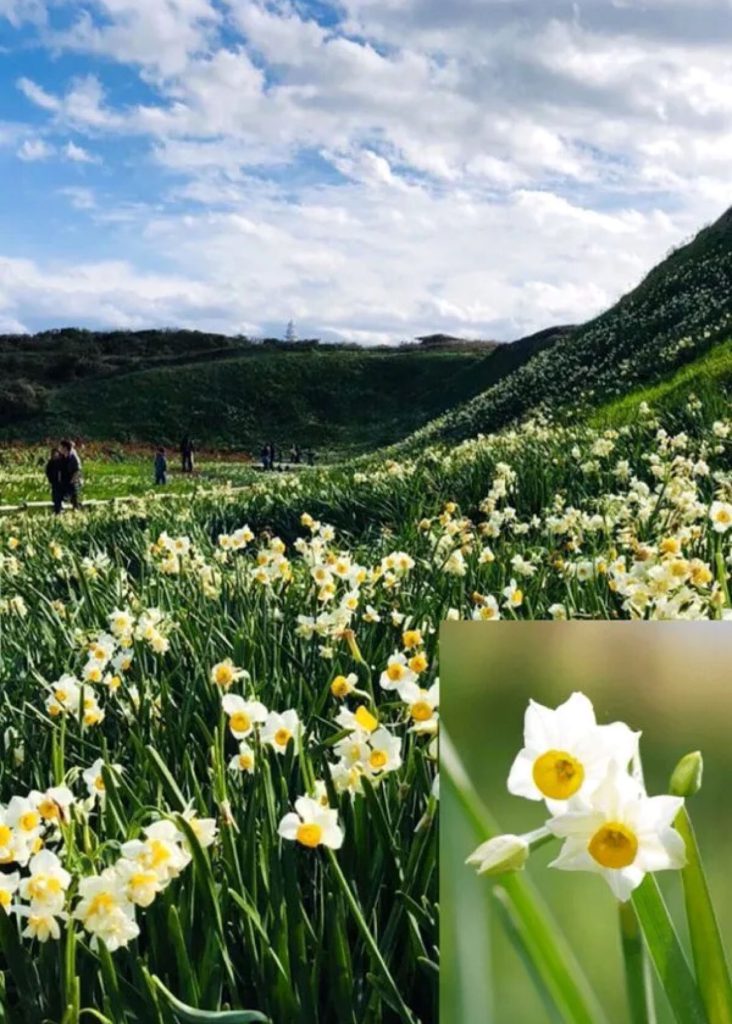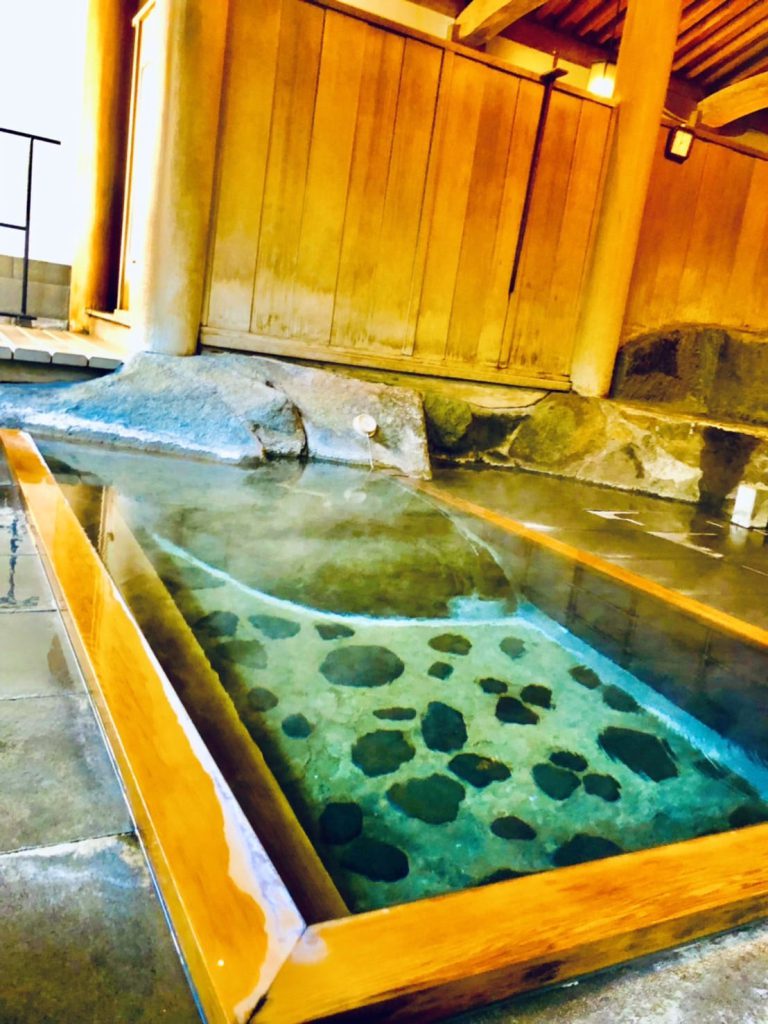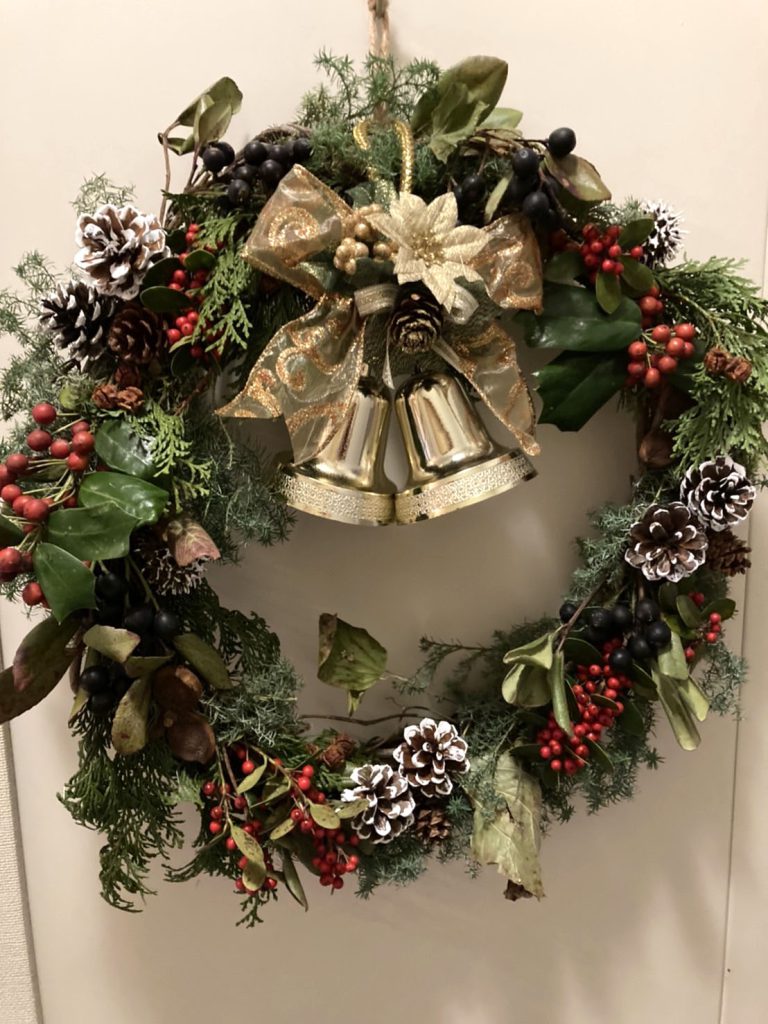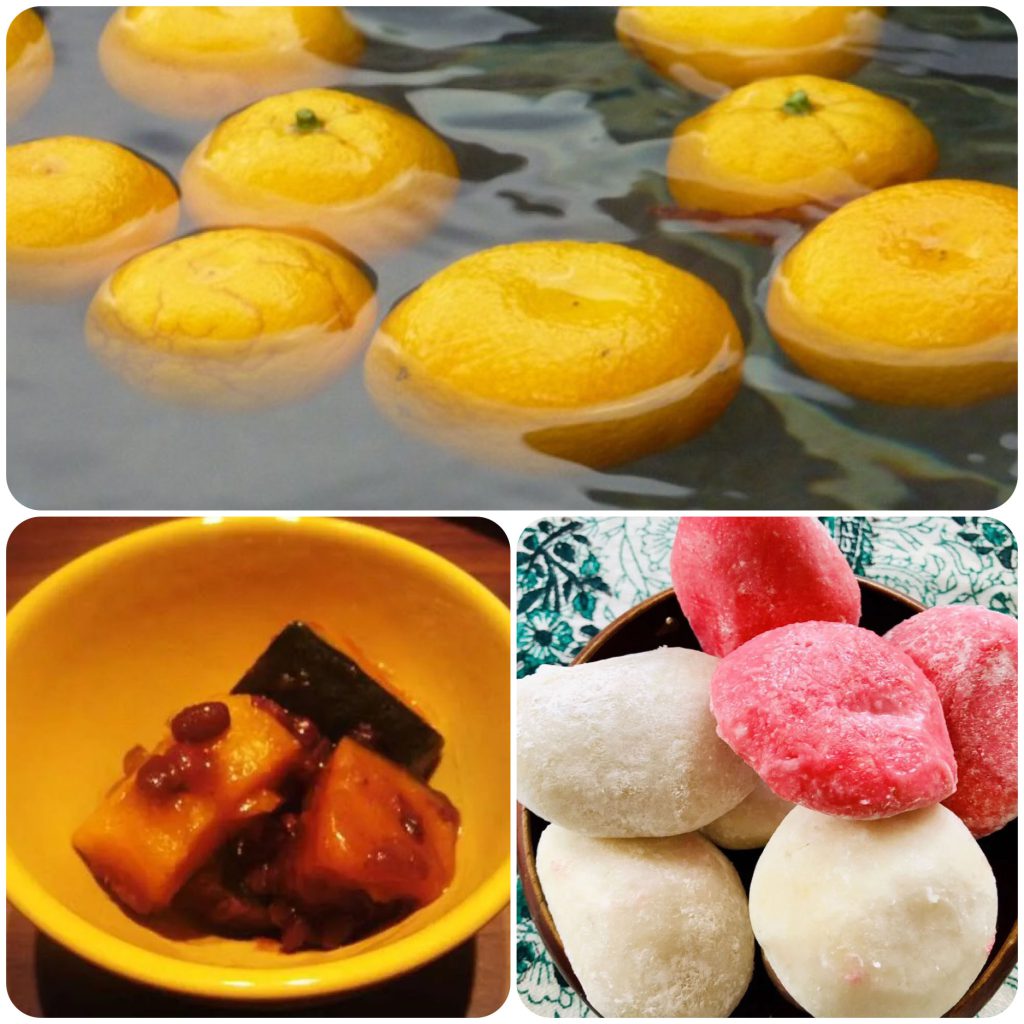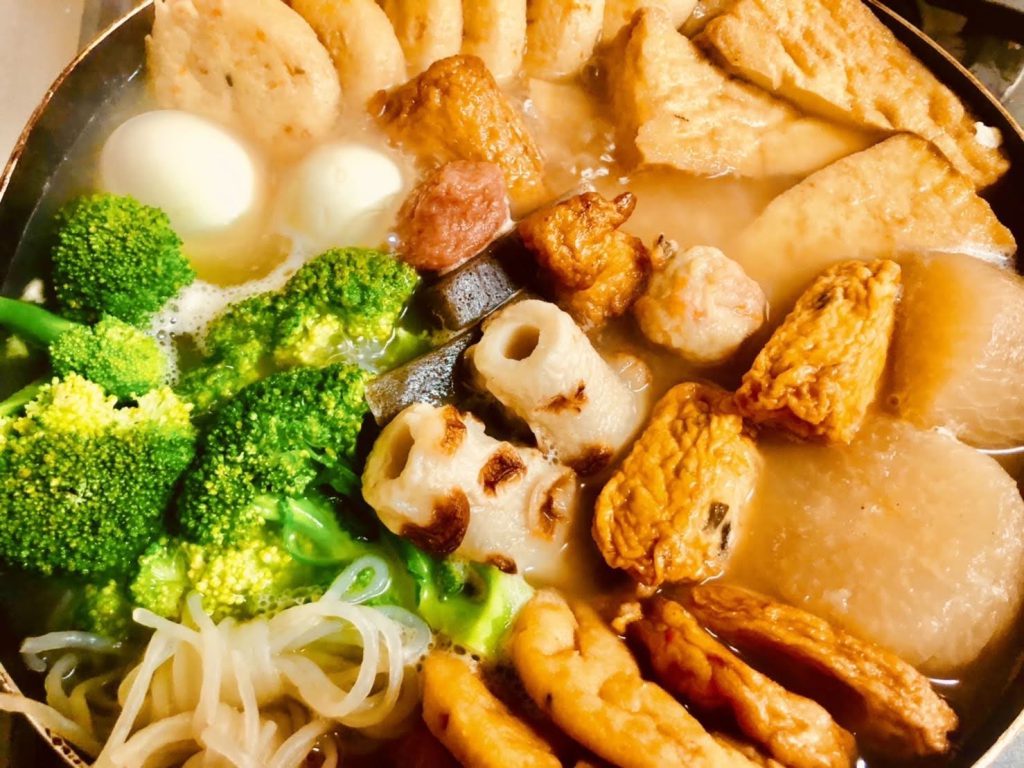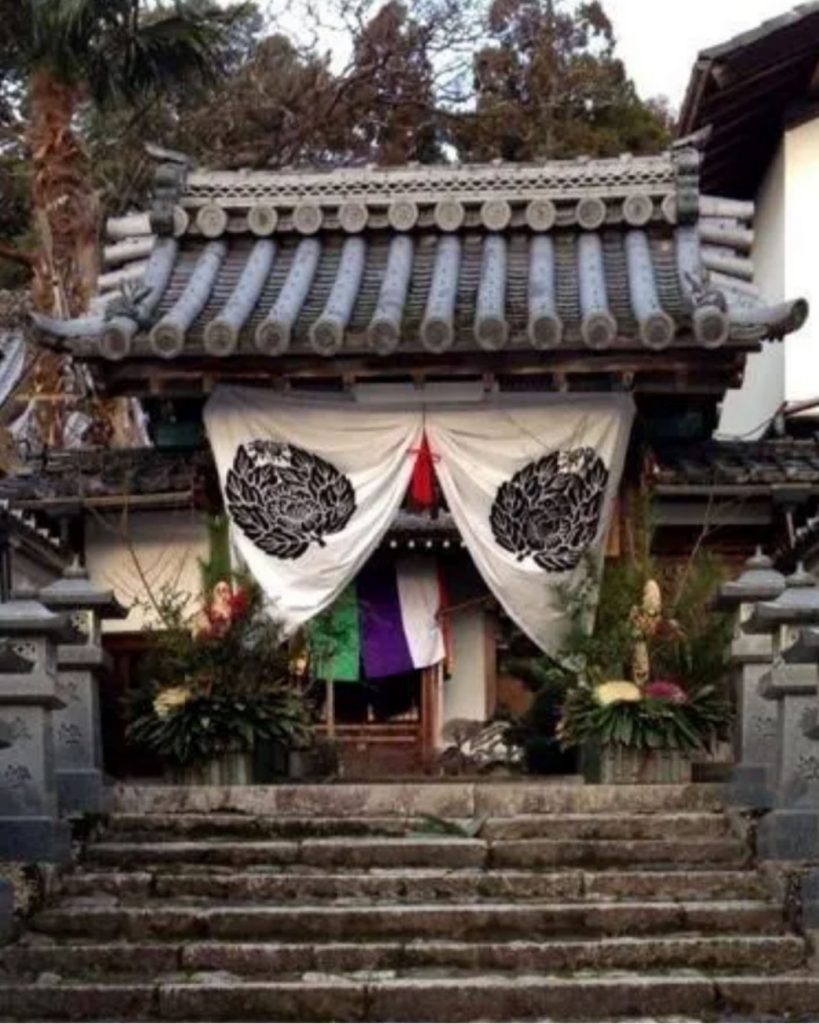
Today was the last day of this year, which was shaken by the corona. It’s New Year’s Eve. For New Year’s Eve, I would like to shake off the corona damage with “Toshikoshi soba” and have a healthy New Year suitable for the year of the tiger. In the old days, it was thought that the day started at night, and so it was already the beginning of the new year from the nightfall on New Year’s Eve. Therefore, various New Year’s Eve events were held on New Year’s Eve. It was customary to eat “Toshikoshi soba”, listening to the joya no kane, wait for Saishinsama(the year’s god), go to the first shrine, and stay up all night without sleeping. Saisinsama is a god who is said to bring about a good harvest of rice, and has been treated with great care for a long time so that crops can grow abundantly and people can live without any inconvenience in what they eat. Recently, these old customs of the year-end and New Year holidays have completely changed, and it seems that they are considered to be a big event following Christmas.
コロナ禍で揺れた今年も最後になりました。大晦日です。大みそかには「年越しそば」でコロナ禍を振り払い、寅年にふさわしい健やかな新年を迎えたいものです。昔は1日が夜から始まって朝に続くとされており、大晦日の日暮れからすでに新年の始まりでした。そのため大晦日には、様々な年越しの行事が行われました。「年越しそば」を食べて、除夜の鐘を聞きながら歳神様を待ち、初詣に出かけ、一晩中寝ずに起きておくという習わしがありました。歳神様とは、稲の豊作をもたらすとされている神様のことで、農作物が豊かに実り、食べるものに不自由することなく暮らせるようにと、昔から大切に扱われてきた神様です。最近は、こうした昔からの年末年始の習慣もすっかり様変わりし、クリスマスに続く一大イベントと考えら考えられている様です。


